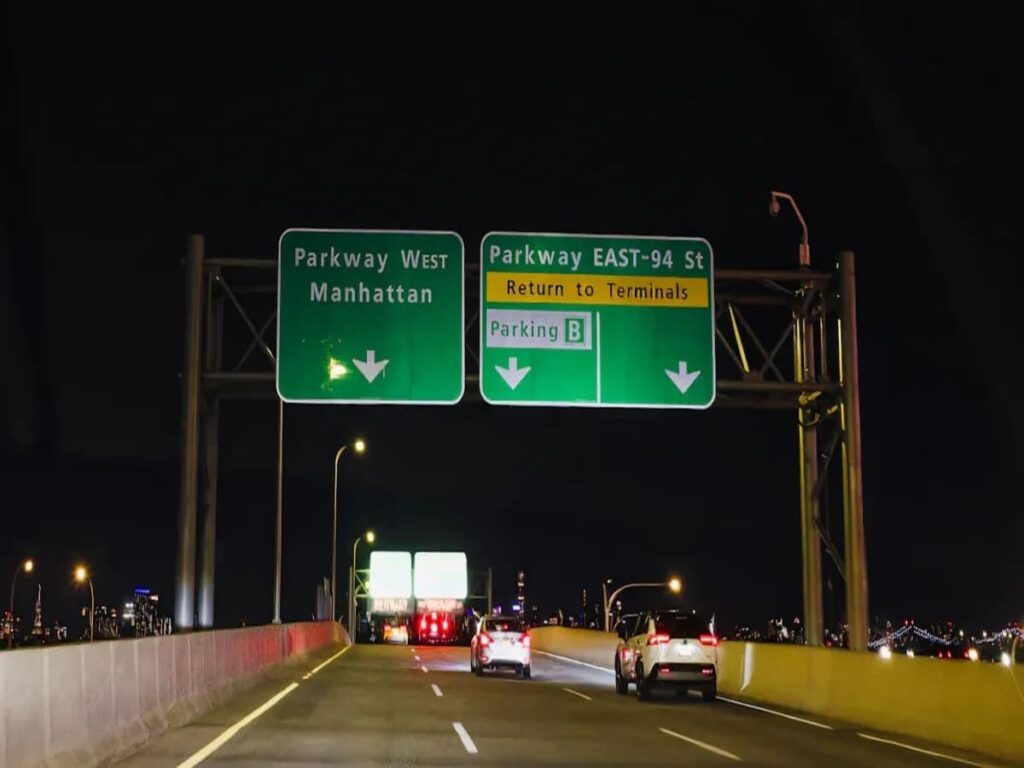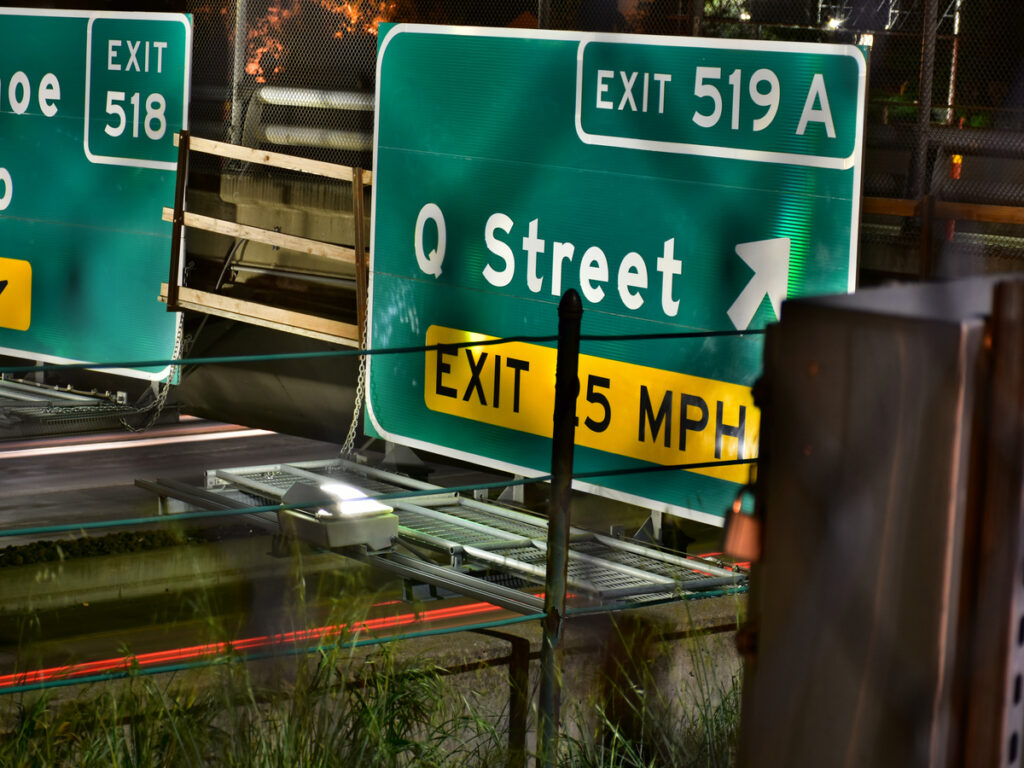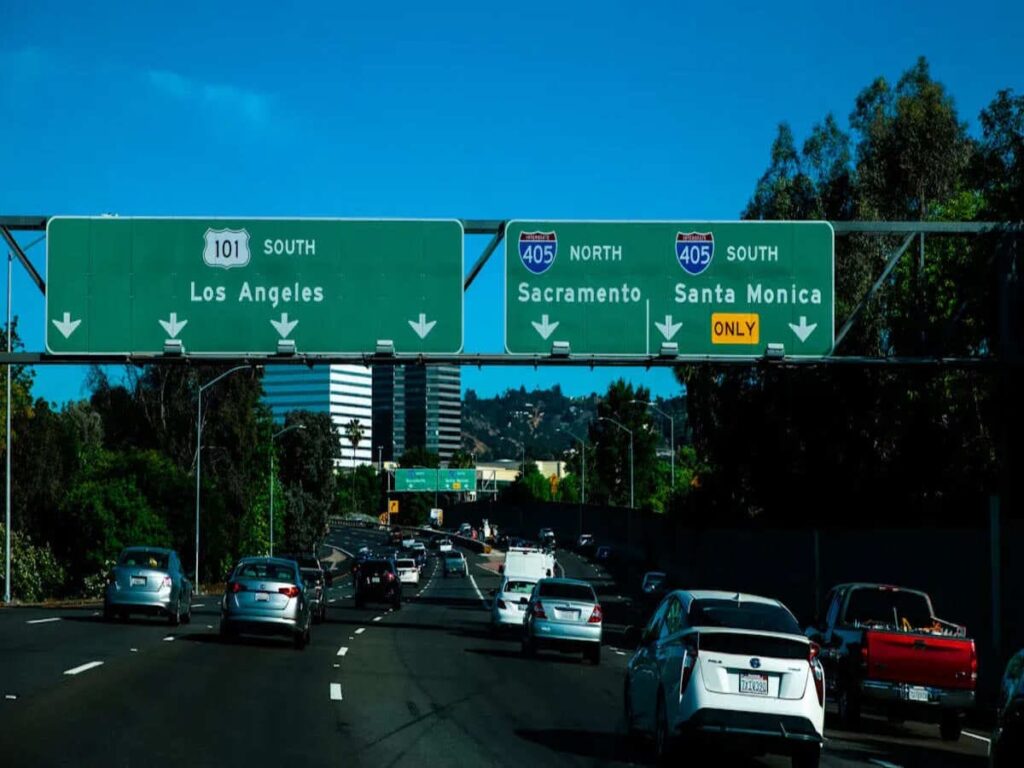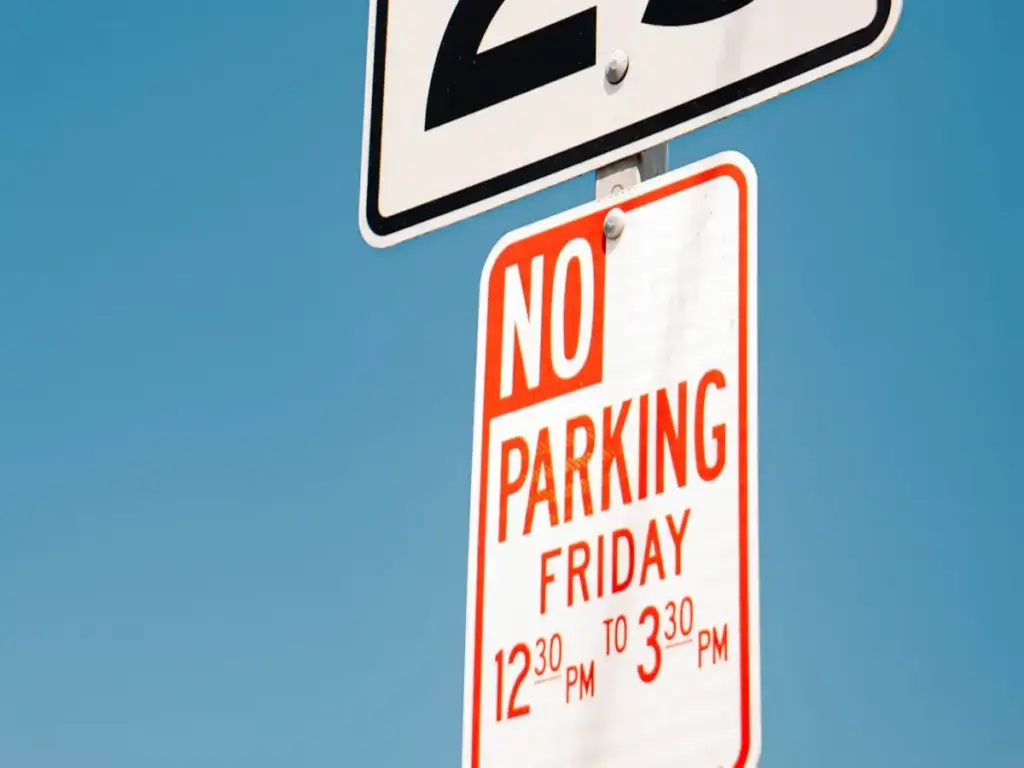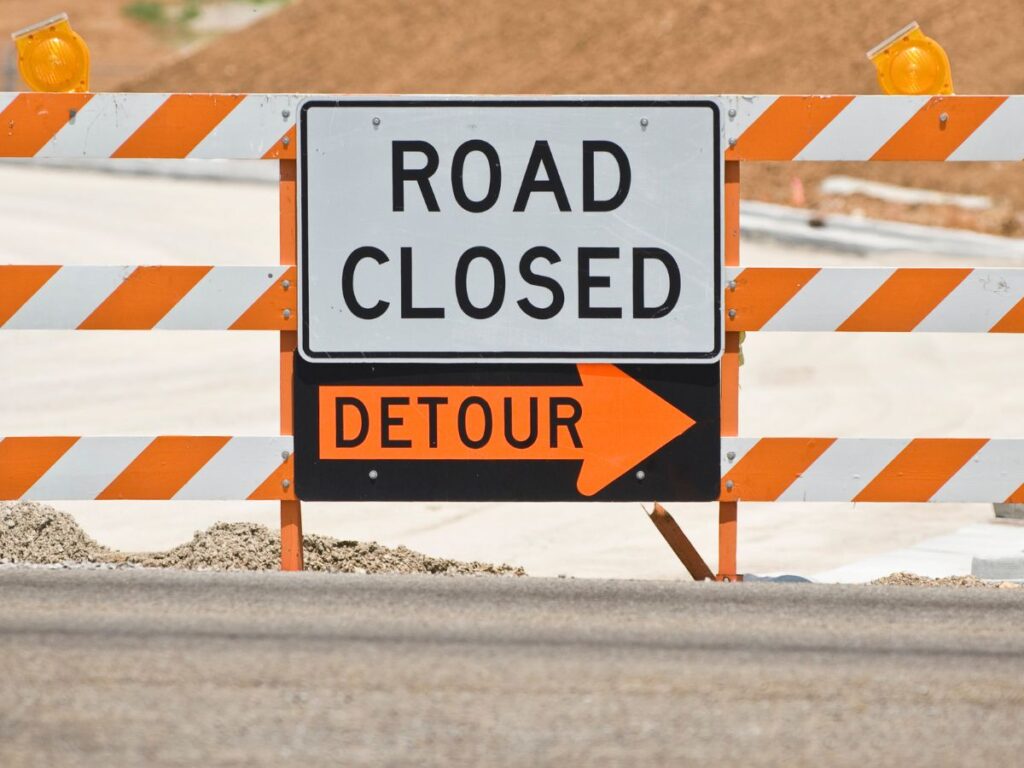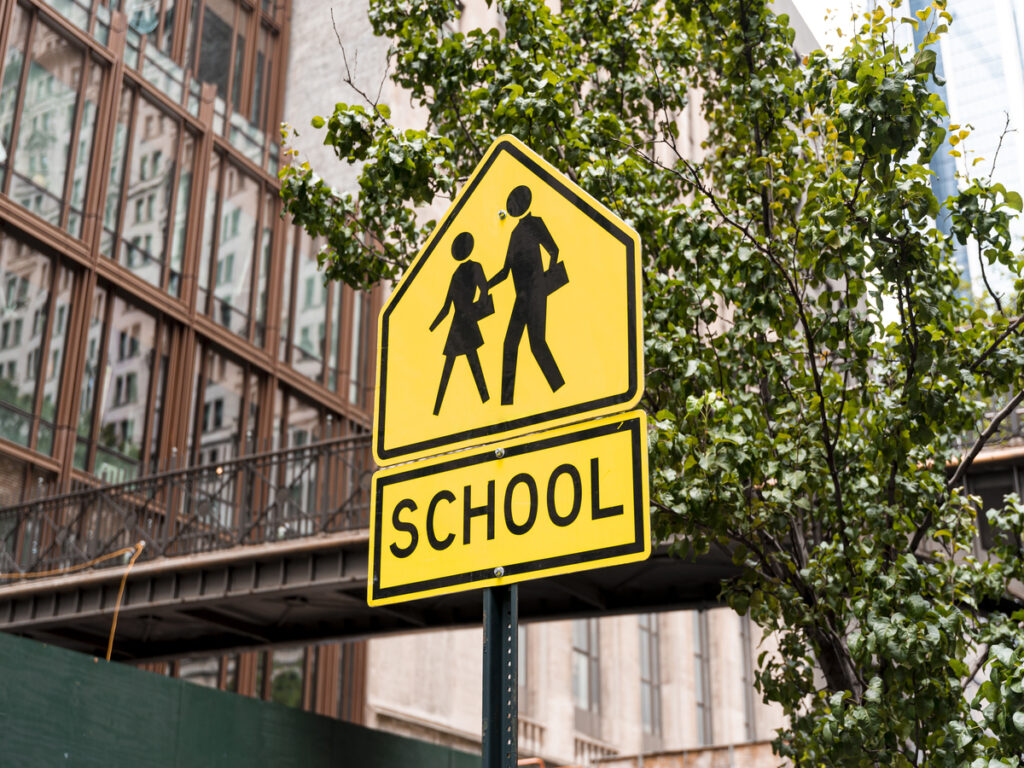
КАК 1742.4 дает четкие правила для знаков ограничения скорости в школьной зоне. Эти знаки должны показывать правильную скорость и правильное время.. Каждый знак должен иметь определенный вид, нравится размер, цвет, и шрифт. Знаки должны быть размещены там, где водители могут их видеть, перед школьной зоной.. Местные советы и подрядчики должны проверять каждый знак, чтобы убедиться, что он соответствует правилам.. Знаки, которые легко увидеть и которые указаны в нужное время, помогают обеспечить безопасность детей и безопасность дорожного движения..
Оптрафические принадлежности Знаки безопасности дорожного движения, включая знаки школьной зоны, которые полностью соответствуют AS 1742.4, помогая подрядчикам и органам власти с уверенностью выполнять свои обязательства по обеспечению безопасности.
Правила ограничения скорости в школьной зоне
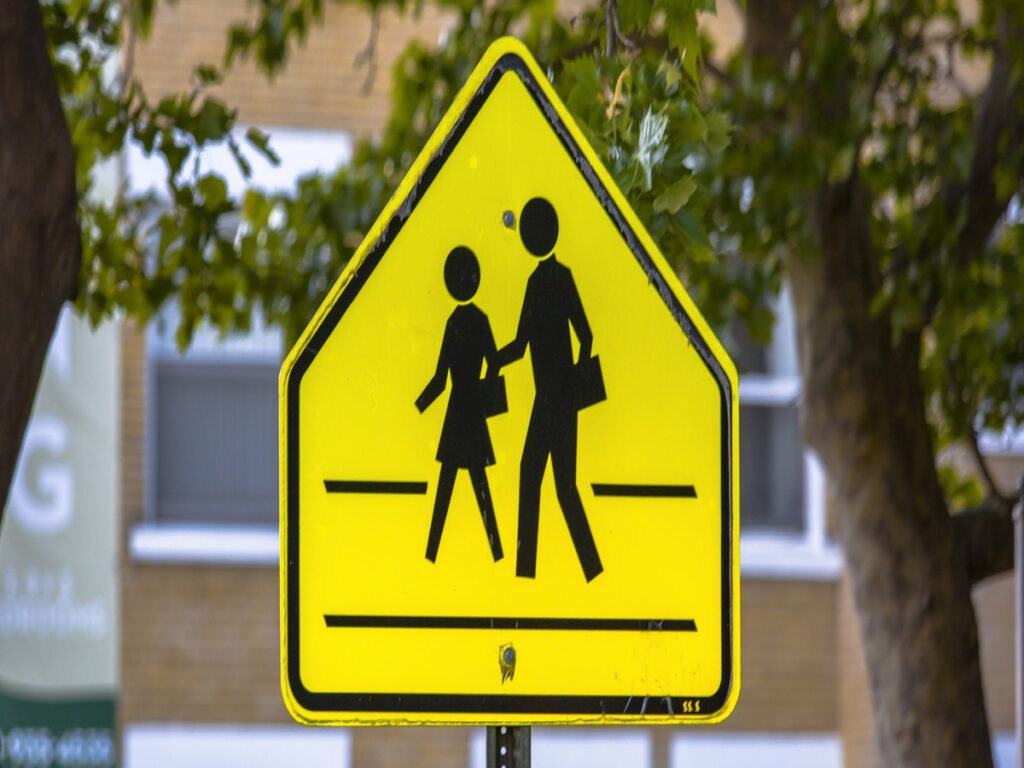
Четкая индикация ограничений скорости по времени (НАПРИМЕР., 8:00 Am to 9:30 ЯВЛЯЮСЬ)
В школьных зонах в определенное время действуют ограничения скорости, чтобы обеспечить безопасность детей.. Знаки часто показывают такие времена, как 8:00 Am to 9:30 ЯВЛЯЮСЬ. Это время, когда дети идут в школу или покидают школу.. Снижение ограничения скорости в школьных зонах может предотвратить многие серьезные травмы. Исследования показывают, что это может сократить количество травм почти вдвое.. Но только каждый четвертый водитель соблюдает эти ограничения во время школьных занятий.. Многие водители не соблюдают правила в другое время.. Четкие знаки помогают, но такие вещи, как охранники или полиция, улучшают работу правил..
Обязательное размещение указателей в часы работы школы
Размещение знаков ограничения скорости в правильном месте очень важно для безопасности и закона.. Муниципалитеты и подрядчики должны следовать строгим правилам относительно того, где располагаются знаки..
- Знаки должны быть светоотражающими или освещенными, чтобы водители могли их видеть..
- Знаки должны быть возле входов в школу., Переход, и автобусные остановки.
- Знаки должны показывать, где начинается и заканчивается школьная зона..
- The height and distance from the road must follow national rules.
- Signs need a bright yellow-green background with black borders so they stand out.
Кончик: Signs at both the start and end of school zones help drivers know when to slow down and when to go back to normal speed.
Handling Variations Between Different States and Regions
Australia has national rules like AS 1742.4—2008 for school zone Уровень ограничения скорости. These rules say how signs should look and how bright they must be. The speed limit is usually 40 км/ч. Each state or territory might have extra rules, like different times or speed limits. Councils must check state guides before putting up or changing signs. Some states use set times for school zones, but others have special rules for holidays or events. Local managers give the final details for each area.
Понимание того, как эти правила работают вместе на национальном уровне и на уровне штата, имеет важное значение для эффективного контроля дорожного движения.. Узнайте больше о правильном размещении знаков и управлении скоростными зонами., Смотрите наш блог: Использование AS 1742.5 для контроля скорости: Где должны быть установлены знаки скорости.
Пример обозначения общего временного интервала в школьных зонах
В большинстве школьных зон Австралии на знаках скорости указаны четкие временные интервалы.. Обычный знак может выглядеть так:
SCHOOL ZONE 40 8:00 – 9:30 AM 2:30 – 4:00 PM SCHOOL DAYS Этот дорожный знак сообщает водителям, когда именно им следует снизить скорость.. Цифры большие и легко читаются.. Фон яркий, поэтому водителям его хорошо видно.. Советы меняют эти знаки, если меняются школьные часы или вводятся новые правила..
Статические и электронные знаки для школьных зон
Разница между статическими и электронными знаками школьной зоны
Статические указатели школьной зоны имеют фиксированные панели.. Они все время показывают одни и те же ограничения скорости и время.. Эти знаки никогда не меняются. Водители должны сами помнить правила. Электронные вывески используют цифровые экраны. Они могут показывать разные ограничения скорости или сообщения в разное время.. Электронные вывески можно включать и выключать во время школьных занятий или особых мероприятий..
Преимущества использования электронных знаков для изменяющегося ограничения скорости
Электронные вывески имеют множество преимуществ перед статическими вывесками.. Они могут сразу изменить ограничения скорости.. Это полезно, если школьные часы изменились или произошло какое-то событие.. Водители больше обращают внимание на электронные знаки, потому что они яркие и четкие.. Эти знаки могут дать мгновенную обратную связь, как смайлик для безопасного вождения. Через некоторое время, электронные знаки помогают водителям освоить более безопасные привычки.
| Категория выгод | Сводка доказательств |
|---|---|
| Снижение скорости | Водители поехали 10% медленнее после того, как увидел цифровые знаки скорости. |
| Снижение скорости в школьных зонах | Скорость упала 17.5%, поэтому несчастные случаи были менее вероятны. |
| Сокращение несчастных случаев | Цифровые знаки привели к меньшему количеству аварий и меньшему превышению скорости, чем старые знаки. |
| Безопасность пешеходов | Смертность пешеходов снизилась 22% с цифровыми знаками обратной связи по скорости. |
| Нарушения превышения скорости | Сиэтл имел 30% меньше штрафов за превышение скорости возле школ после цифровых знаков. |
| Поведение водителя | Обратная связь в режиме реального времени помогает водителям действовать более безопасно в течение длительного времени.. |
| Влияние сообщества | Цифровые знаки помогают сделать школьные зоны безопаснее для всех. |
Требования соответствия для каждого типа знаков
Как статические, так и электронные знаки должны соответствовать требованиям AS. 1742.4. Статические знаки требуют четкого написания, правильные цвета, и правильное размещение. Электронные вывески также должны быть яркими и легко различимыми.. Муниципалитеты должны следить за тем, чтобы электронные знаки работали в нужное время и показывали правильную скорость..
Тематическое исследование: Когда и где в Австралии используются электронные вывески
Во многих городах Австралии возле загруженных школ используются электронные указатели.. Сидней и Мельбурн мирились цифровые знаки где трафик тяжелый. Эти знаки помогают водителям видеть, когда меняются ограничения скорости., особенно во время посадки и высадки. Местные советы заявляют, что здесь меньше проблем с превышением скорости и более безопасные переходы для детей.
Будущее школьной зоны контроля скорости: Тенденции и инновации
Новая технология изменит безопасность школьной зоны в будущем. Все больше школ хотят использовать электронные вывески с датчиками и камерами. Эти системы могут видеть, когда рядом находятся дети, и самостоятельно менять ограничения скорости.. Советы также тестируют знаки, которые отправляют оповещения на телефоны водителей.. Эти новые идеи направлены на то, чтобы сделать школьные зоны еще безопаснее для всех..
Дизайн элементов: Шрифты, Границы, и цвета
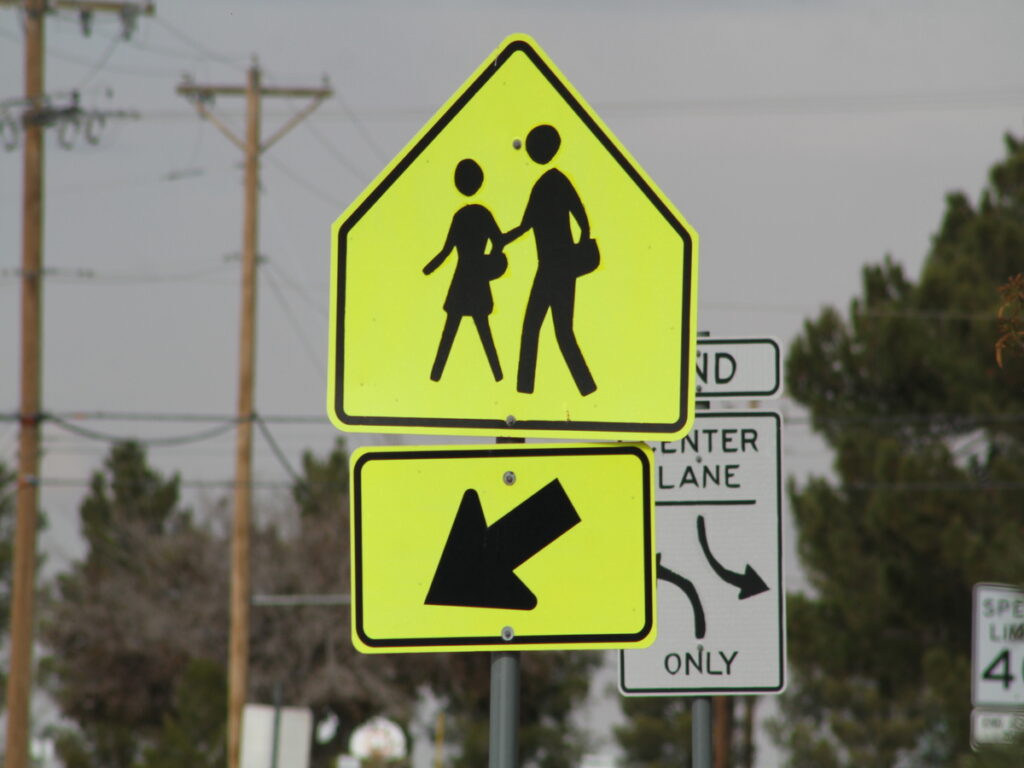
Рекомендуемые шрифты для удобства чтения: Шрифт транспортной серии
КАК 1742.4 говорит использовать шрифт Transport Series для знаков школьной зоны. Благодаря этому шрифту буквы и цифры легко различимы издалека.. Водители смогут быстро заметить знаки ограничения скорости, Даже при быстром вождении. Использование этого шрифта помогает избежать ошибок и повышает безопасность дорог..
Ширина границ и необходимые цвета для повышения заметности (Желтый, Черный, Красный)
Знаки школьной зоны в Австралии имеют яркий желто-зеленый фон.. Этот цвет легко заметить в любую погоду.. В знаках используется светоотражающая пленка класса 1W, которая помогает водителям их видеть., особенно в медленных районах. Черная рамка обрамляет знак и выделяет слова.. Исследования показывают, что желто-зеленые знаки и свободные пешеходные переходы могут снизить количество ДТП с участием пешеходов на 37%. Красный используется для предупреждений или для обозначения ограничений скорости..
Специальные рекомендации по проектированию знаков школьной зоны согласно AS 1742.4
КАК 1742.4 дает правила, позволяющие сделать знаки четкими и легко видимыми. Знаки должны использовать правильные цвета и отражающие материалы. Размер и шрифт должны соответствовать стандарту.. Знаки следует размещать там, где их видят водители, перед школьной зоной.. Правила гласят, что внутри рамки нельзя размещать логотипы или дополнительные изображения..
Использование светоотражающих материалов для обеспечения видимости в часы низкой освещенности
- Микропризматическое светоотражающее покрытие ярко сияет и прослужит в суровую погоду..
- В призматических пленках высокой интенсивности используются микропризмы для более ярких вывесок в школьных зонах..
- Листовая пленка алмазного качества является самой яркой и лучшей для мигающих знаков скорости., но это стоит дороже.
- Защитная пленка инженерного класса хороша для тихих дорог, но не такая яркая..
- Высокая интенсивность призматическая (БЕДРО) защитное покрытие в три раза ярче инженерного класса и не выцветает легко.
- Правильная установка и регулярные проверки обеспечивают хорошую работу этих материалов..
Примеры соответствующих и несоответствующих элементов дизайна
- Соответствующие элементы:
- Утвержденные цвета, такие как желто-зеленый и черный..
- Четкие шрифты, такие как Transport Series..
- Правильный размер и расположение знаков ограничения скорости..
- Светоотражающие материалы для использования в ночное время..
- Предупреждающие знаки в начале и конце школьных зон.
- Разметка тротуара и сигналы для пешеходов.
- Несоответствующие элементы:
- Неправильные цвета или шрифты.
- Логотипы внутри рамки.
- Нет отражательной способности или неправильный размер знака.
- Отсутствуют знаки или разметка.
- Низкое качество графики или неправильные типы файлов..
Кончик: Советы должны проверять каждый знак перед его установкой. Это помогает обеспечить безопасность людей и предотвращает дорогостоящие ошибки..
Общие примеры размещения и соответствия
Стандартное размещение знаков скорости в школьной зоне
Размещение знаков ограничения скорости в нужных местах помогает водителям снизить скорость.. Знаки должны быть установлены до начала школьной зоны.. Это дает водителям время подготовиться и снизить скорость.. Знаки на каждом въезде и внутри зоны напоминают водителям об ограничении скорости.. Знаки должны быть хорошо заметны и не скрыты деревьями или автомобилями..
Близость к входам в школу и пешеходным переходам
Знаки ограничения скорости лучше всего работают возле входов в школы и переходов.. В этих местах гуляет много детей. Знаки должны быть хорошо видны издалека.. Ничто не должно загораживать знаки. Хорошее освещение помогает водителям видеть знаки утром и днем.. Не существует установленного правила относительно того, насколько близко должны быть расположены знаки.. Установка знаков перед входами и переходами делает всех безопаснее.
Расстояние между знаками в зонах сплошной школьной зоны
В длинных школьных зонах, знаки надо ставить часто. Это помогает водителям помнить об ограничении скорости во время движения.. Муниципалитеты добавляют больше знаков после больших перекрестков или там, где переулки присоединяются к зоне..
Примеры нарушений требований и способы их предотвращения
| Несоблюдение требований | Описание | Последствия | Как избежать |
|---|---|---|---|
| Знаки после крутых поворотов | Водители плохо видят знаки | Меньше времени на замедление | Разместите знаки на прямых дорогах с обзором на расстоянии 100 м. |
| Знаки на крутых склонах без наклонных кронштейнов | Знаки не обращены к водителям вправо | Трудно читать, неправильные показания радара | Используйте кронштейны наклона и проверьте угол знака. |
| Знаки слишком далеко от дороги | Водители могут не видеть знаки | Водители пропускают знаки | Держите знаки на расстоянии 5–12 футов от обочины., проверить просмотр |
| Знаки в затененных местах | Недостаточно солнца для энергии | Знаки могут работать неправильно | Используйте приложения для загара, вырубать деревья и кусты |
| Знаки заблокированы большими транспортными средствами | Маленькие автомобили не видят знаки | Больше опасности для водителей | Используйте более высокие столбы, проверяйте в часы пик |
| Игнорирование прямой видимости радара | Вещи блокируют радар | Радар работает неправильно | Очистить путь, проверить радар перед использованием |
| Пропуск предварительного тестирования | Никакой проверки перед установкой знаков | Знаки могут работать неправильно | Сначала протестируйте знаки с временными креплениями. |
Кончик: Муниципалитетам следует проверить, где расположены знаки, прежде чем их устанавливать.. Это предотвращает ошибки, которые стоят денег.
Рекомендации по высоте установки знаков и их расположению для обеспечения видимости
- Проверьте местные и государственные правила относительно знаков школьной зоны..
- Ставьте знаки прямо на дорогу, не более чем 5 ноги от обочины.
- Используйте светоотражающие или светодиодные знаки, чтобы водители могли их видеть..
- Держите знаки на одной высоте и в одном и том же месте..
- Не ставьте знаки там, где деревья, машины, или здания блокируют их.
- Часто очищайте и проверяйте знаки, чтобы их было легко увидеть..
- Разместите знаки на прямых дорогах, чтобы водители могли их лучше видеть..
| Параметр | Рекомендуемая высота установки | Детали позиционирования |
|---|---|---|
| Городские районы | 5 к 7 ноги | Прямо на дорогу, ≤5 футов от бордюра, на прямых дорогах |
| Шоссе | 7 к 10 ноги | Выше для лучшего обзора и больших транспортных средств |
КАК 1742.4 дает четкие правила того, как должны выглядеть знаки школьной зоны и когда их следует использовать. Советы и подрядчики должны выбрать правильный размер, цвета, и отражающие материалы. Им нужно часто проверять знаки, чтобы водители всегда могли их видеть.. Если знаки не следуют правилам, могут быть проблемы с законом. Штрафы могут быть отменены или советы могут потребовать изменений. Советы обычно хотят доказать, что знаки соответствуют правилам, прежде чем их устанавливать.. Поддержание знаков в хорошем состоянии помогает защитить детей и обеспечить соблюдение ограничений скорости..
Чтобы понять более широкую структуру, лежащую в основе этих требований., Смотрите наш блог: Понимание как 1742: Фонд австралийских правил дорожного движения.
Часто задаваемые вопросы
Что такое 1742.4?
КАК 1742.4 это австралийский стандарт. Он устанавливает правила для знаков ограничения скорости в школьной зоне.. Советы и подрядчики используют этот стандарт, чтобы обеспечить безопасность знаков., прозрачный, и легко увидеть.
Почему знаки школьной зоны имеют желто-зеленый фон?
Желто-зеленый фон привлекает внимание водителей.. Этот цвет помогает людям быстро замечать знаки.. Исследования показывают, что эти знаки помогают снизить количество несчастных случаев возле школ..
Как часто муниципалитеты должны проверять знаки школьной зоны??
Советы должны регулярно проверять знаки школьной зоны.. Они ищут повреждения, угасание, или заблокированные просмотры. Регулярные проверки обеспечивают видимость и эффективность знаков..
Могут ли электронные указатели школьной зоны показывать разное время??
Да, электронные табло могут менять время и сообщения, которые они показывают. Советы используют их для особых мероприятий или изменений в школьных часах.. Эти знаки помогают водителям соблюдать правильные ограничения скорости..
Что произойдет, если знак школьной зоны не соответствует AS 1742.4?
Если знак не соответствует стандарту, это может быть не законно. Водители могут оспорить штрафы. Муниципалитетам, возможно, придется заменить или починить знак, чтобы он соответствовал правилам..

